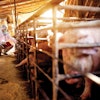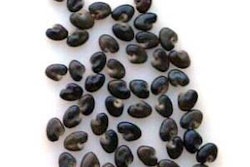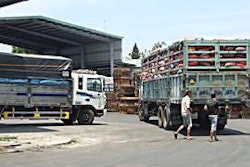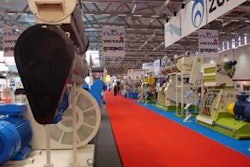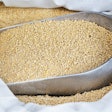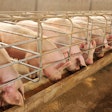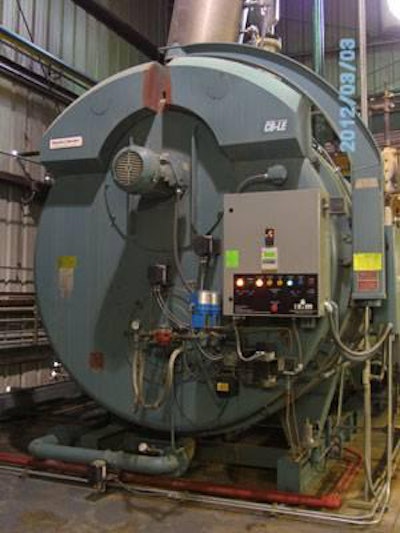
“When a boiler accident occurs, it is usually not minor,” noted Marc Shockley, feed mill manager for Perdue Farms, speaking at the U.S. Poultry & Egg Association’s 2012 Feed Mill Management Seminar in Nashville, Tenn.
Shockley added that most feed mills do not have a dedicated boiler operator. As a result, it is usually a maintenance person that does basic maintenance on boilers. Often this maintenance consists simply of a water analysis, a bottom blow-down and a check of the primary and secondary low water cut off switches. After that, the employee then returns to their normal duties, leaving the boiler to operate on its own. While it may not be necessary to have a dedicated boiler operator, Shockley advised that boilers need more than minimal attention.
Water is most important
“A correctly sized and installed boiler will generally do fine on a day-to-day basis,” Shockley said. However, he emphasized that the most important thing about boilers is water, noting that if a mill’s boiler has water problems they need to be fixed right away. Water problems can make a boiler less efficient and can lead to complete boiler failure if left unchecked.
Shockley added that boiler inspectors are there to help mill managers and should be viewed as a resource. “If your boiler is in good shape, then ask what you can do to make it safer,” he said.
Shockley offered a list of operational tests and checks that should help keep a mill’s boiler running correctly:
- Water analysis : know your water and select the best program for your plant’s needs.
- Feed water pumps : if you have more than one pump, check to make certain they are all working and alternate them daily.
- Deaerator tank water column blow-down test : this test should be done daily for the purpose of prolonging sensor life and to reduce pump cavitations.
- Primary and secondary low water cut-off test : this test should also be done daily to make certain that the burner doesn’t run when the water level is low.
- Conduct while burner is on :
- Open lever valve
- Slowly open gate valve while monitoring sight glass (burner should shut off just prior to water exiting the sight glass)
- Slowly close gate valve
- Document
- Most primary LWCO switches will reset themselves upon seeing the proper water level
- All secondary LWCO switches should be set up to require a manual reset button
- Feed water cut-off test: this test should be done once a month to simulate a real low water event through pump failure.
- Switch the on-line feed water pump to the off position (the on-line pump will be in the “Hand” or “Auto” position).
- Monitor the primary water sight glass (burner should shut off just prior to the water exiting the sight glass)
- Important: If burner does not shut off just prior to the water exiting the sight glass, turn the feed water pump back to the “Hand” position and report to management immediately.
- Turn feed water pump back to the “Hand” or “Auto” position and refill water to operating level.
- Reset secondary LWCO switch and burner
- Document
- Bottom drain test: this is a test that should be done once per quarter. The purpose is to simulate a real low water event through valve failure.
- Open lever valve #1
- Open screw valve until you begin to see the water level dropping out of the sight glass
- Monitor the primary water sight glass (burner should shut off just prior to the water level exiting the sight glass)
- Important: If burner does not shut off just prior to the water exiting the sight glass, turn the feed water pump back to the “hand” position and report to management immediately.
- Turn feed water pump back to the “hand” or “auto” position and refill water to operating level.
- Reset secondary LWCO switch and burner
- Document
Keeping track of checks and tests is extremely important, according to Shockley. “Document, document, document,” he said. “If you don’t document it, then you haven’t been doing it.”
Maximum burner restarts
Shockley also spoke about the importance of maximum burner restart attempts as they can be a potential cause for burner/furnace explosions. There are a number of things that can cause these explosions, including fuel source issues, fuel metering devices, improper control system purging and faulty igniters, among others.
“Each plant needs to develop a plan that regulates the maximum number of restarts,” he said. “Man made it, and it can fail.”

